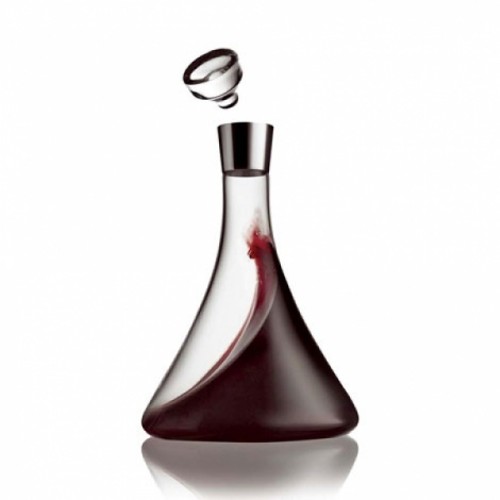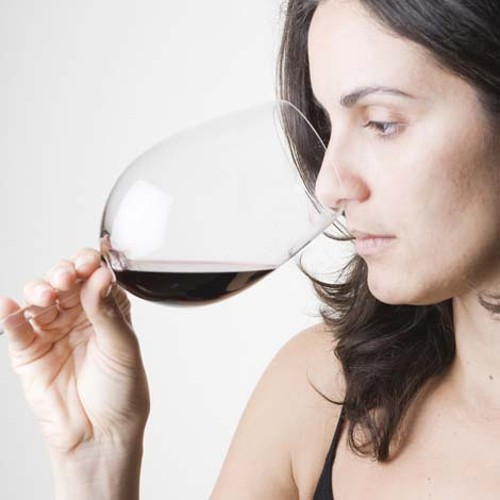Before you call the wine police, hear me out.
I’ve been doing some experimenting. I haven’t embarked on statistical studies with rigorous scientific controls; more like just tested out the notion at home—not a in a laboratory—that wines need to breathe. The general rule for red wines is that, optimally, they should be allowed to breathe for at least an hour or so before drinking—which is why when you bring red wine to a restaurant, the offer to uncork it comes just about as soon are you’re seated. The theory is that red wines need to react with oxygen in order to enhance the bouquet and flavors, as well as “soften” harsh tannins.
I became interested in the “wine breathing” notion when I read an article about scientific research on tannins in red wine. The upshot was that tannins are so slow to react to oxygen that even hours of breathing don’t do much to soften them up. So, I wondered, what other myths involving breathing and decanting are just that: myths?
The main reason to decant wine is if you’re dealing with an older bottle—decanting separates sediment from the wine. Aside from that, I’ve been discovering that a bottle of red wine, freshly uncorked, has more vivid aromas and flavor than one that’s been allowed to breathe, and much more than a wine that’s been entirely decanted.
Here’s the deal: Wine “breathes” in proportion to the area exposed. So, simply uncorking a bottle to breathe achieves next to nothing. That’s because so little oxygen can interact with the wine due to the small opening and the size of the neck of the bottle that it’s virtually pointless. Simply opening a bottle does not allow the wine to breathe. The other end of the aeration spectrum would be pouring the wine into a large, wide bowl, exposing it to lots of air.
I think the way to think of wine, once the bottle has been opened, is as a moving target: It’s evolving. Or, as Francis Fecteau—owner of wine brokerage Libations, Inc., and one of my favorite local wine gurus—puts it, “decaying.” As soon as wine begins to interact with oxygen, it’s decaying. The process is hurried along by decanting, or even as soon as it’s poured into a glass. But, the aromas and flavors of a freshly opened bottle of wine are more powerful and fuller than one that’s been decanted or sitting in a glass for a while. Don’t believe me? Try it yourself. Buy two of the same red wines and decant one about an hour before you plan to drink it. Then, open the other bottle just minutes before drinking and taste and smell them both, in separate glasses, preferably blind (you’ll need a helper). In my experience, the wine opened earlier is inevitably less vivid, its interesting components rapidly diminished.
According to Fecteau, “Every wine has a different arc of decay.” He says that wines with higher acidity and lower alcohol last longer, once exposed to air, than wines with higher pHs, lower acidity and higher alcohol, which flatten out much more quickly. So, I’d be even less inclined to decant a high-alcohol Zinfandel than I would, say, a more restrained Pinot Noir.
Jeez, when I think of all the hours I’ve spent needlessly waiting on wine …
Speaking of Drink
-
Sipping Portugal
Vinho Verde is the perfect spring/summer sipper.
- May 10, 2011
-
Wine & Dine
A bounty of local wine dinners in May.
- May 3, 2011
-
Pinot & Pedicures
Tasting Robert Sinskey Wines in the most unusual of venues.
- Apr 26, 2011
- More »
More by Ted Scheffler
-
Flavor on the Western Front
Nomad Eatery ups the ante for off-airport eats.
- Dec 13, 2017
-
Under the Christmas Tree
Holiday gifts for cooks, foodies and winos
- Dec 6, 2017
-
Spreading the Love
Amour Café creates simple yet scrumptious fare.
- Nov 29, 2017
- More »






